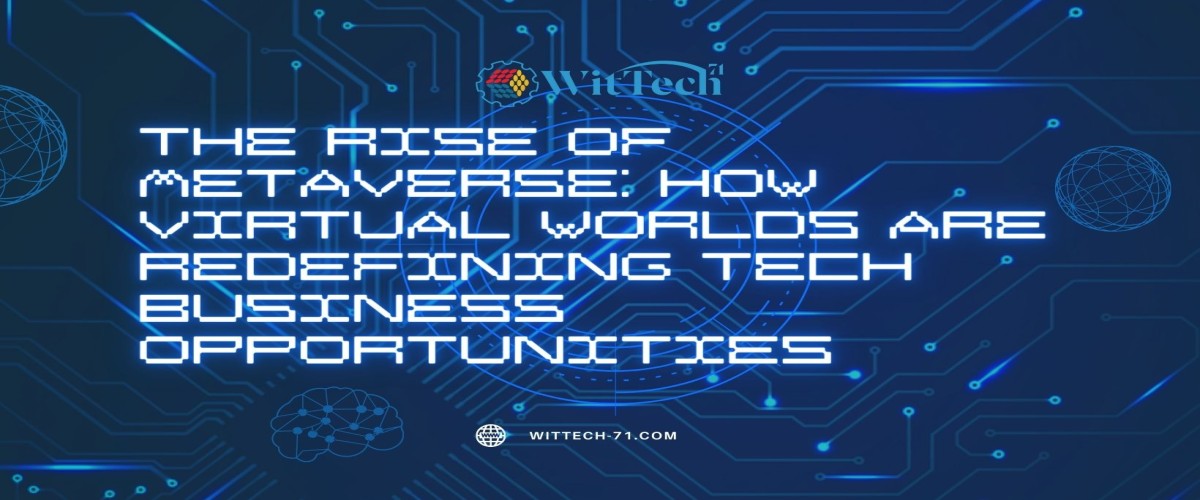How to Implement Zero Trust Security in Your Organization
In today's rapidly evolving digital landscape, traditional network security models are no longer sufficient to protect organizations from the sophisticated and ever-increasing threats of the cyber world. As a response to this challenging environment, the concept of Zero Trust Security has emerged as a highly effective approach to safeguarding data and systems. In this article, we will explore what Zero Trust Security is, why it's important, and how to implement it in your organization.
Understanding Zero Trust Security
Zero Trust Security is a cybersecurity framework that challenges the traditional security model based on the assumption that anything inside the corporate network is safe while anything outside is not. In contrast, Zero Trust operates on the fundamental principle of "never trust, always verify."
In a Zero Trust model, trust is not automatically granted to any user or device, even if they are within the corporate network perimeter. Instead, trust must be continuously verified, regardless of where the user, device, or application is located. This approach acknowledges that threats can originate from both external and internal sources, making it necessary to secure all resources and connections.
Zero Trust Security is based on several core principles:
Verify Identity: Ensure that every user and device is accurately identified and authenticated before granting access to resources.
Least Privilege: Limit access permissions to the minimum necessary for users and devices to perform their tasks. Users should only have access to the specific resources required for their role.
Micro-Segmentation: Segment the network into smaller, isolated zones, allowing for fine-grained control over network traffic.
Continuous Monitoring: Continuously monitor and analyze network traffic, user behavior, and device activity to detect and respond to anomalies in real time.
Encryption: Secure data in transit and at rest using strong encryption to protect it from eavesdropping and unauthorized access.
Why Zero Trust Security is Important
Zero Trust Security is essential in the modern threat landscape for several reasons:
Increased Threat Sophistication: Cybercriminals are becoming increasingly sophisticated, making traditional security models less effective. Zero Trust offers a more robust defense against these advanced threats.
Mobile and Remote Workforce: With the rise of remote work and mobile devices, employees access corporate resources from various locations and devices. Zero Trust ensures security regardless of location.
Data Privacy Regulations: Stringent data privacy regulations, such as GDPR and CCPA, necessitate strong security measures. Zero Trust helps organizations comply with these regulations by securing sensitive data.
Internal Threats: Insider threats are a significant concern for organizations. Zero Trust mitigates the risk by requiring verification and authorization for all users, even those within the network.
Protecting Against Lateral Movement: Zero Trust's segmentation and strict access controls prevent lateral movement within a network, limiting the spread of threats in case of a breach.
Implementing Zero Trust Security in Your Organization
Implementing Zero Trust Security in your organization is a multi-faceted process that involves technology, policies, and cultural changes. Here's a step-by-step guide to help you get started:
1. Assessment and Inventory
Start by assessing your organization's current security posture. Identify the assets, data, applications, and devices that need to be protected. This step will help you understand your security needs and potential weaknesses.
2. Data Classification and Mapping
Classify and map your data to determine which data is sensitive or confidential and requires stronger protection. This step helps in creating a foundation for setting access controls.
3. Identity and Access Management (IAM)
Implement strong identity and access management controls. This includes using multi-factor authentication (MFA), single sign-on (SSO), and identity verification to ensure that users are who they claim to be.
4. Least Privilege Access
Adopt the principle of least privilege, ensuring that users and devices have only the minimum level of access necessary to perform their roles. This reduces the risk of unauthorized access or data exposure.
5. Network Segmentation
Implement network segmentation to create isolated zones within your network. This reduces the ability of attackers to move laterally and access sensitive resources if one part of the network is compromised.
6. Micro-Segmentation
Within each network segment, employ micro-segmentation to further restrict access. This allows you to define and control traffic flow between individual devices or applications, enhancing security.
7. Continuous Monitoring
Deploy monitoring tools that continuously analyze network traffic, user behavior, and device activity. These tools can detect and respond to anomalies or potential security breaches in real time.
8. Endpoint Security
Strengthen endpoint security by implementing advanced antivirus, anti-malware, and intrusion detection systems. Regularly update and patch endpoints to protect against vulnerabilities.
9. Security Awareness Training
Educate employees about the importance of security and their role in maintaining it. Security awareness training can help prevent common security breaches caused by human error, such as falling victim to phishing attacks.
10. Data Encryption
Encrypt data in transit and at rest to protect it from interception or unauthorized access. Ensure that encryption protocols and ciphers used are strong and up-to-date.
11. Incident Response Plan
Develop a comprehensive incident response plan that outlines procedures for identifying, reporting, and responding to security incidents. Regularly test and update this plan to ensure it remains effective.
12. Vendor Assessment
Assess the security practices of third-party vendors and service providers who have access to your data or network. Ensure that they follow Zero Trust principles to protect your organization.
13. Cultural Shift
Incorporate a cultural shift within your organization to emphasize the importance of security at all levels. Encourage employees to be vigilant and consider security in their everyday tasks.
14. Regular Audits and Testing
Conduct regular security audits and penetration testing to identify vulnerabilities and areas that require improvement. Address issues promptly to maintain a strong security posture.
Challenges and Considerations
Implementing Zero Trust Security can be challenging due to the complexity of modern IT environments and the cultural changes required. Here are some key considerations and challenges:
Complexity: Zero Trust implementations can be complex and require careful planning and maintenance.
User Experience: Stricter security measures, such as multi-factor authentication, can sometimes inconvenience users. Balancing security with user experience is essential.
Cultural Shift: Changing the organization's culture to prioritize security can be a challenge. Leadership support and employee training are vital.
Resource Requirements: Implementing and maintaining Zero Trust requires investment in technology, training, and personnel.
Interoperability: Ensuring that various security tools and systems work seamlessly together is crucial for an effective Zero Trust strategy.
Conclusion
Zero Trust Security is a proactive and highly effective approach to cybersecurity that prioritizes verification over trust. With the ever-evolving threat landscape and the increasing importance of data protection, implementing Zero Trust in your organization is no longer an option but a necessity.
Remember that Zero Trust is not a one-time project but an ongoing commitment to security. As threats evolve, your security measures must evolve with them. By carefully assessing your organization's security needs, implementing strict controls, and fostering a security-conscious culture, you can significantly enhance your organization's resilience against cyber threats in 2023 and beyond.





Comments